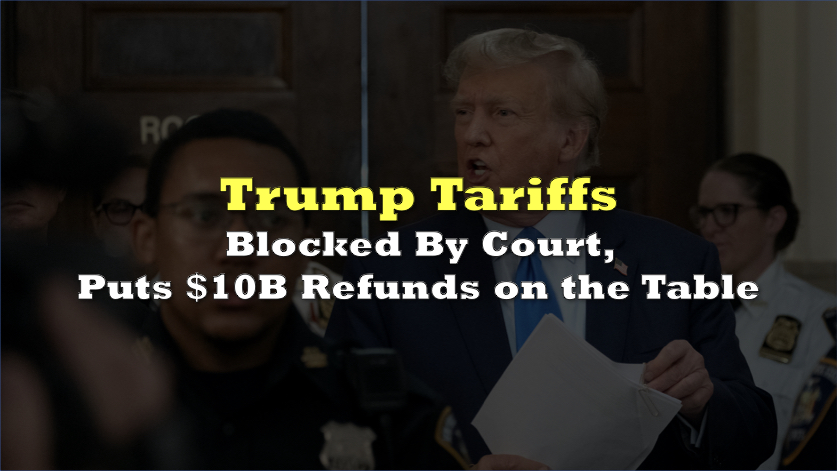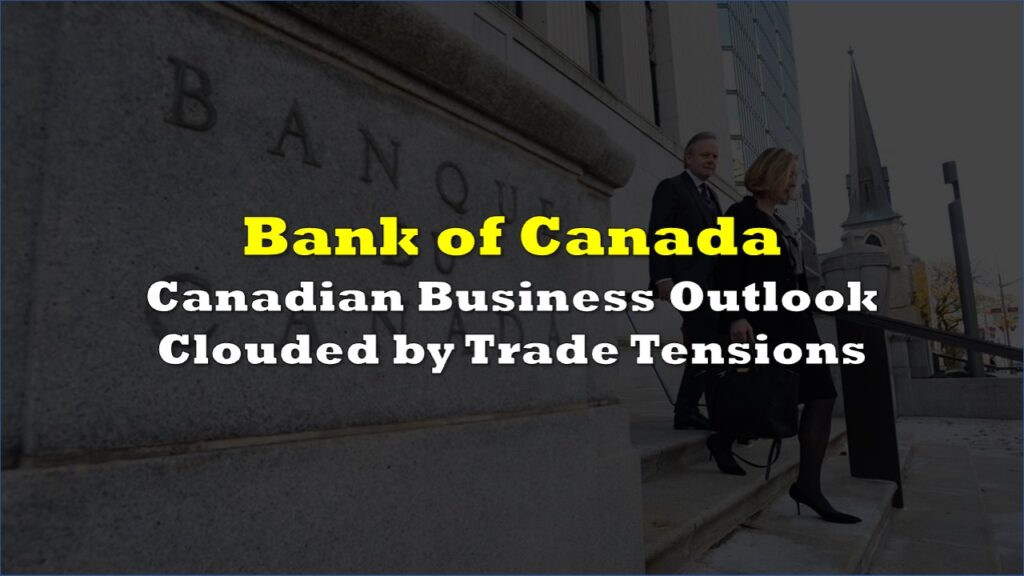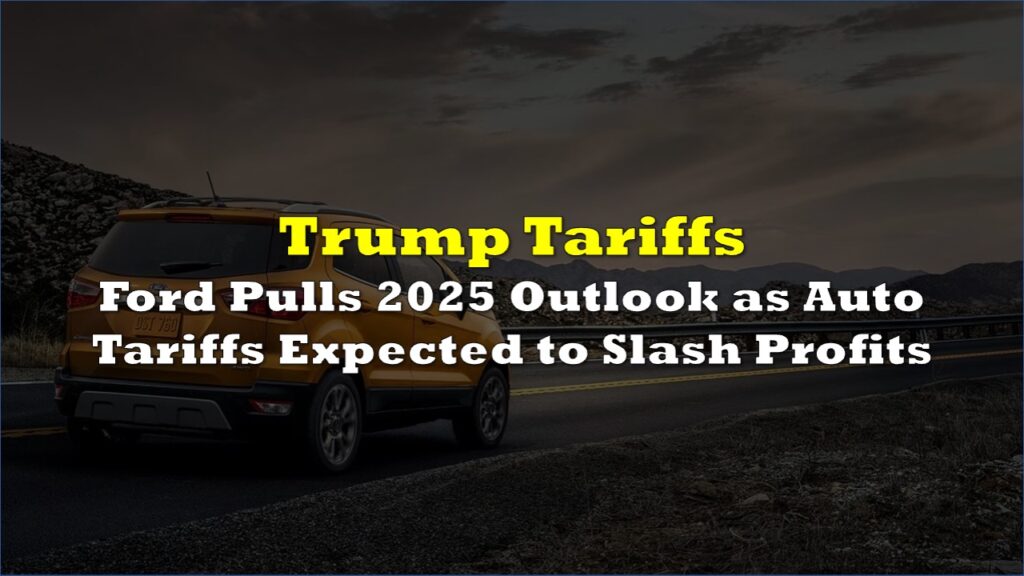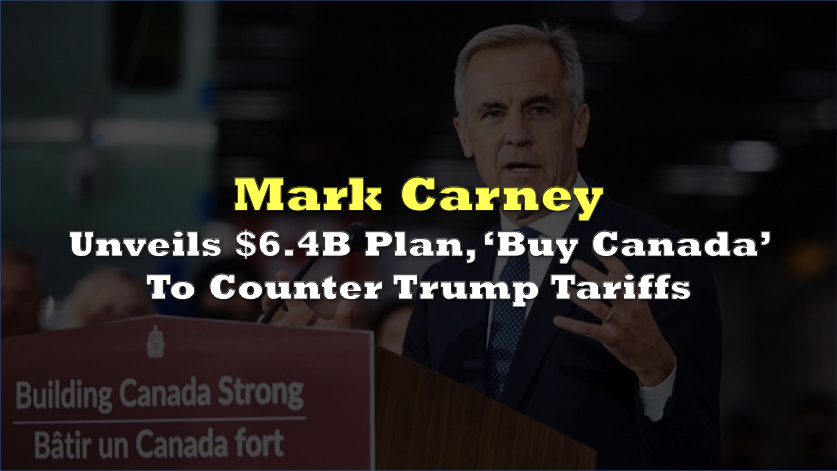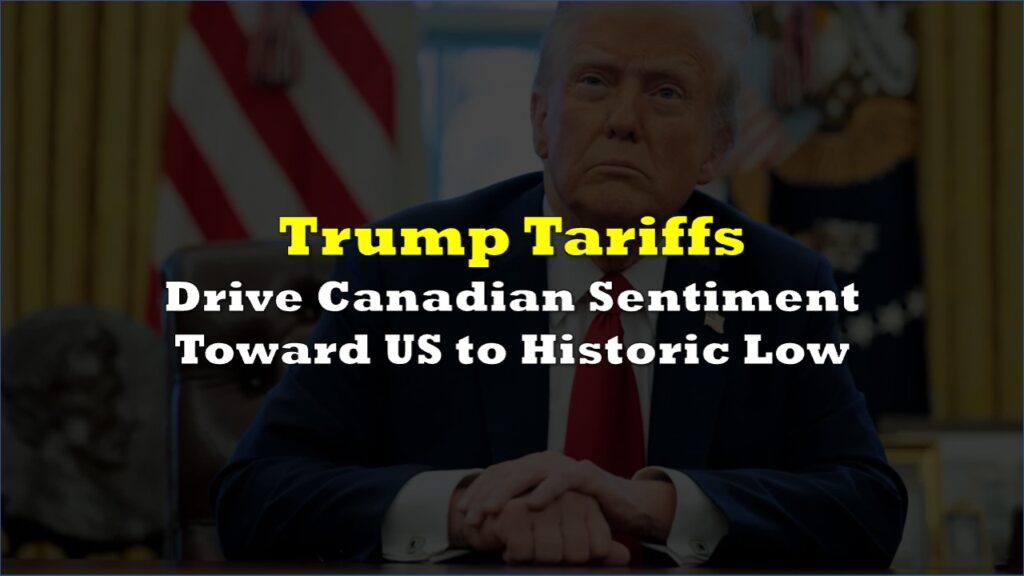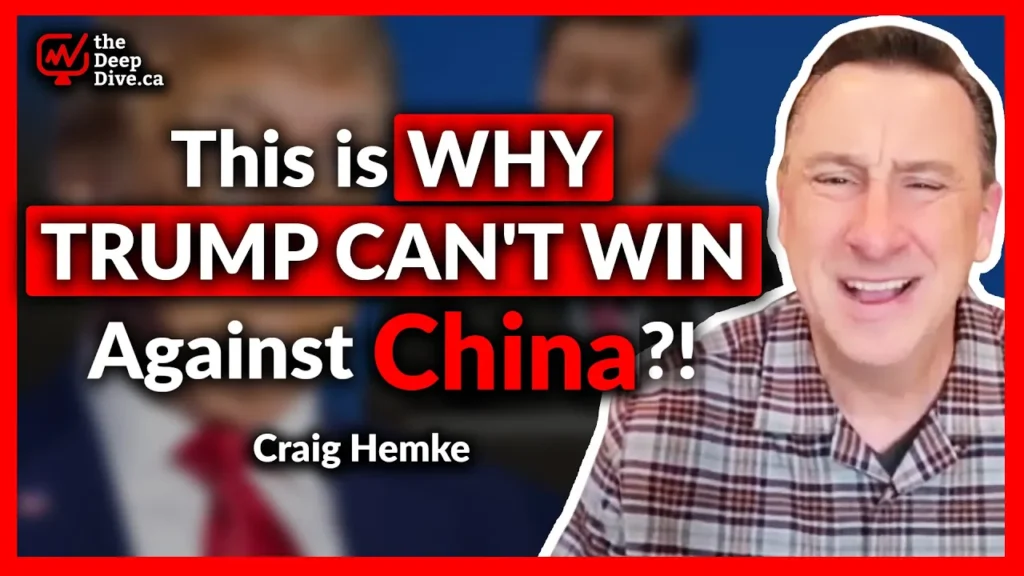In a landmark decision, the US Court of International Trade struck down every tariff President Donald Trump imposed under the International Emergency Economic Powers Act of 1977, ruling that “the Constitution gives Congress exclusive authority to regulate commerce with other countries that is not overridden by the president’s emergency powers.”
The decision instantly nullifies the so-called “Liberation Day” tariffs announced in early April and every subsequent IEEPA-based order issued since January.
In a major decision earlier tonight, the U.S. Court of International Trade ruled in two separate cases that President Donald J. Trump does not have the authority under the International Emergency Economic Powers Act of 1977 (IEEPA) to impose sweeping tariffs against much of the… pic.twitter.com/xMSorI4i3H
— OSINTdefender (@sentdefender) May 29, 2025
The administration has already filed notice of appeal—but legal experts warn that “presidents cannot simply ignore a federal court’s injunction,” noting that defying the ruling could trigger “the biggest constitutional crisis of the past 70 years.”
The initial USD+ reaction to the tariff block is weird to me. Either the SC reverses the trade court ruling and we’re back to where we were (only worse) or they don’t reverse and Trump initiates the biggest constitutional crisis of the past 70 years. Both are intensely USD-
— Ben Hunt (@EpsilonTheory) May 29, 2025
If the appeal falters, the White House is poised to pivot to Section 232 of the Trade Expansion Act of 1962, which grants the president unilateral authority to impose import restrictions on national security grounds.
Trump is appealing the Trade Court's decision.
— Financelot (@FinanceLancelot) May 29, 2025
If the appeal fails, President Trump will use Section 232, removing all procedural hurdles associated with tariffs.
Under 232, President Trump would have sweeping powers to impose new tariffs without warning. https://t.co/A448sgWW8V
Another alternative is also highlighted: Sec. 338 of the Trade Act of 1930—unused since its enactment—permits tariffs up to 50% on imports from countries that discriminate against the US, albeit requiring no formal investigation.
Don’t order the taco platter quite yet. From Goldman: pic.twitter.com/7HpTSrvn2k
— Peter Berezin (@PeterBerezinBCA) May 29, 2025
Markets immediately cheered the prospect of rolling back Trump’s broad tariff threat. S&P 500 futures leapt over 100 points overnight.
Beyond legal drama, the fiscal fallout could be immense: if upheld, Customs and Border Protection must refund roughly $10 billion in duties collected since April 2—about $3.5 billion owed to China alone.
What’s next after “reciprocal tariffs” were struck down by the court?
— The Kobeissi Letter (@KobeissiLetter) May 29, 2025
If the Court of International Trade’s ruling on “reciprocal tariffs” is upheld, ALL tariffs collected since April 2nd would need to be refunded.
Based on our calculations, which assume 2024-levels of US…
Observers are making suggestions for the president’s next step, including bringing in Scott Bessent for damage control—“Blame the failure of tariffs on a ‘liberal New York judge’ and get it over with for good.”
If Scott Bessent is sharp, he gets in the Oval Office tonight and convinces Donald that this is his out.
— Spencer Hakimian (@SpencerHakimian) May 29, 2025
Blame the failure of tariffs on a “liberal New York judge” and get it over with for good.
Take a quiet loss and move on.
Information for this story was found via the sources and companies mentioned. The author has no securities or affiliations related to the organizations discussed. Not a recommendation to buy or sell. Always do additional research and consult a professional before purchasing a security. The author holds no licenses.

